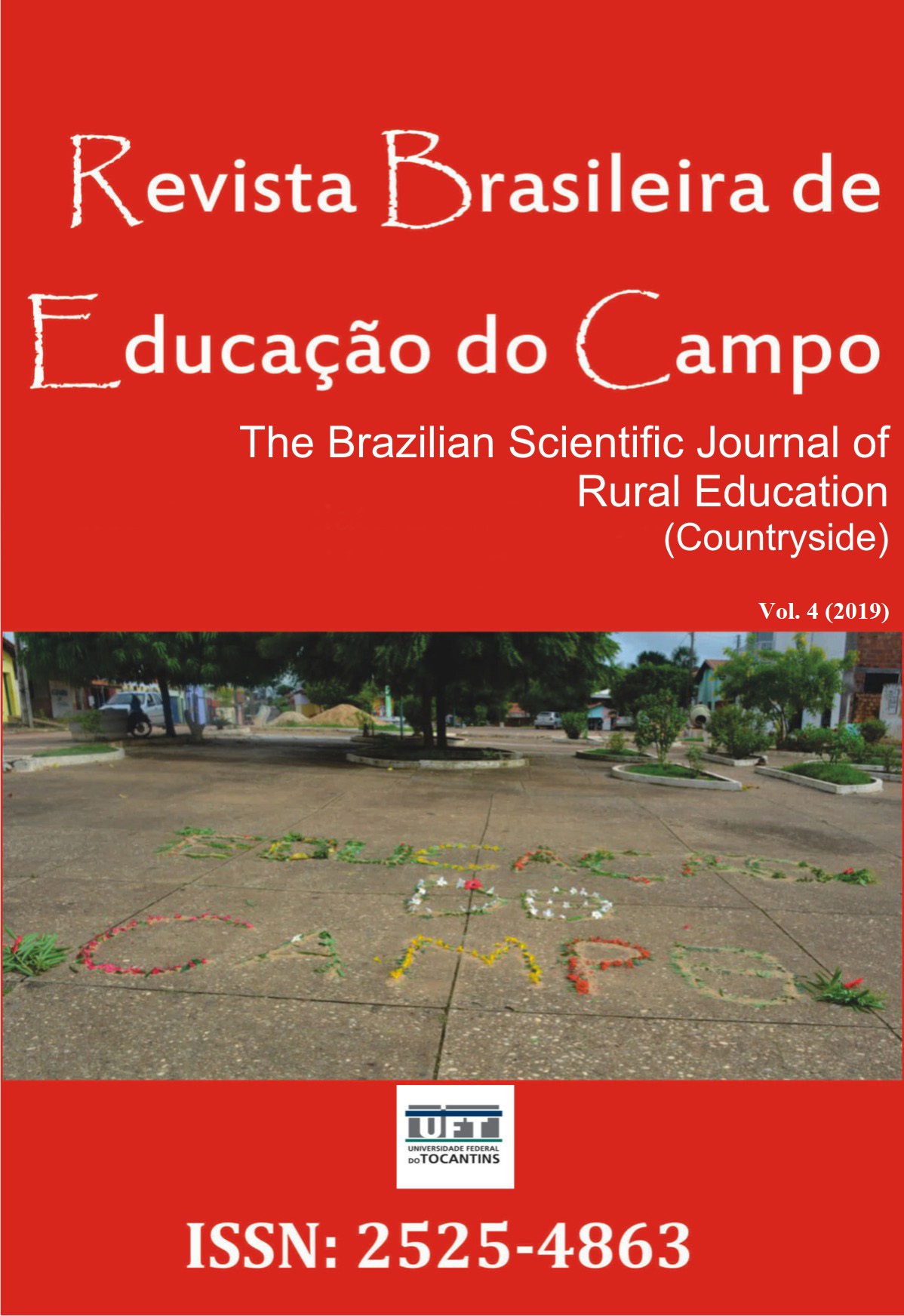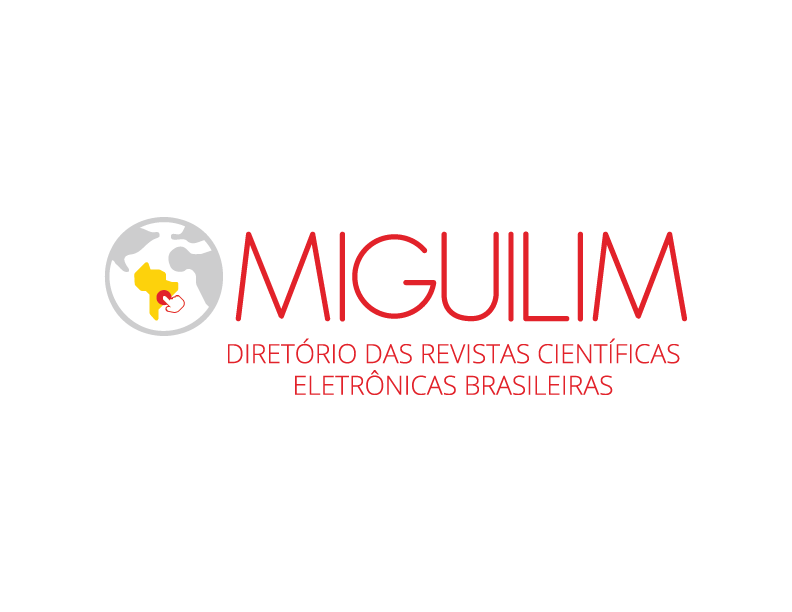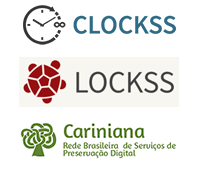The digital technologies of information and communication by the prism of digital language
DOI:
https://doi.org/10.20873/uft.rbec.v4e7063Abstract
ABSTRACT. This essay analyzes TDIC - Digital Information and Communication Technologies through the prism of language, as it gives the new technologies the status of digital language. It takes aspects of Vygotsky's Historical Cultural Theory, and principles of the philosophy of language discussed by members of the so-called Bakhtin Circle, to interpret digital technologies as a new human language and their implications for education. It is a theoretical reading about TDICs, seen as a revolution in human technique, because it goes beyond the daily perspective of resources as mere instruments. The aim is to highlight its aspects of development, understood as intellectual technology that is configured in the mediation that establishes between the subjects of social and communicative exchange, on the one hand, and learning, on the other, and causes epistemological changes regarding knowledge about learning human. From this perspective, it is possible to recognize the specificities of digital language in relation to orality and writing as an autonomous and under construction language, which allows articulating concepts such as scripts, multimodality and hypertext, as well as implementing notions such as navigation and that of digital utterances. This enriches theoretical and epistemological discussions about TDIC in the educational context, and acknowledges its implications for learning and human development beyond its utilitarian bias.
Downloads
References
Bakhtin, M. (2016). Os gêneros do discurso. Trad. Paulo Bezerra. São Paulo: Editora 34.
Barton, D., & Lee, C. (2015). Linguagem online: textos e práticas digitais. São Paulo: Parábola Editorial.
Carvallo, G., & Chartier, R. (Orgs.). (1999). História da leitura no mundo ocidental. Trad. Fulvia M. L. Moretto. São Paulo: Editora Ática.
Desbordes, F. (1995). Concepções sobre a escrita na Roma antiga. Trad. Fulvia M. L. Moretto. São Paulo: Editora Ática.
Foucambert, J. (2008). Modos de ser leitor. Trad. Lúcia P. Cherem. Curitiba: Editora UFPR.
Lévy, Pierre. (1993). As Tecnologias da Inteligência. Rio de Janeiro: Editora 34. (Coleção TRANS).
Girotto, C. G. S., & Souza, R. J. (2010). Estratégias de Leitura: para ensinar alunos a compreender o que leem In Menin, A. M, Girotto, C. G. S., Arena, D. B., & Souza, R. J. (Orgs.). Ler e Compreender: estratégias de Leitura (pp. 45-109). Campinas: Mercado de Letras.
Girotto, C. G. S. (2013). Reflexões sobre o leitor mirim: leitura, literatura infantil e biblioteca escolar. Ensino em Re-vista, 20, 341-355.
Parkes, M. (1999). Ler e escrever, interpretar o texto: práticas monásticas na Alta Idade Média. In Carvallo, G., & Chartier, R. (Orgs.). História da leitura no mundo ocidental (pp. 101-122). Trad. Fulvia M. L. Moretto. São Paulo: Editora Ática.
Rojo, R. H. R. (2015). Hipermodernidade, multiletramentos e gêneros discursivos. São Paulo: Parábola Editorial.
Souchier, E. (2015). Da “lettrure*1” à tela: ler e escrever sob o olhar das mídias informatizadas. Ensino Em Re-Vista, 22(1), 211-229.
Smith, F. (1989). Compreendendo a leitura: uma análise psicolinguística da leitura e do aprender a ler. Trad. Daise Batista. Porto Alegre: Artes Médicas.
Vygotsky, L. S. (1995). Pensamiento y lenguaje. In Vygotsky, L. S. (Org.). Obras escogidas (pp. 09-348). Madrid: Visor.
Published
How to Cite
Issue
Section
License
Proposal for Copyright Notice Creative Commons
1. Policy Proposal to Open Access Journals
Authors who publish with this journal agree to the following terms:
A. Authors retain copyright and grant the journal right of first publication with the work simultaneously licensed under the Creative Commons Attribution License that allows sharing the work with recognition of its initial publication in this journal.
B. Authors are able to take on additional contracts separately, non-exclusive distribution of the version of the paper published in this journal (ex .: publish in institutional repository or as a book), with an acknowledgment of its initial publication in this journal.
C. Authors are permitted and encouraged to post their work online (eg .: in institutional repositories or on their website) at any point before or during the editorial process, as it can lead to productive exchanges, as well as increase the impact and the citation of published work (See the Effect of Open Access).















